Lifestyle Experiences
Uncovering the design thinking that defines vibrant, mixed-use lifestyle districts, attainable housing, retail, and hospitality experiences.
LATEST REPORTS & ARTICLES
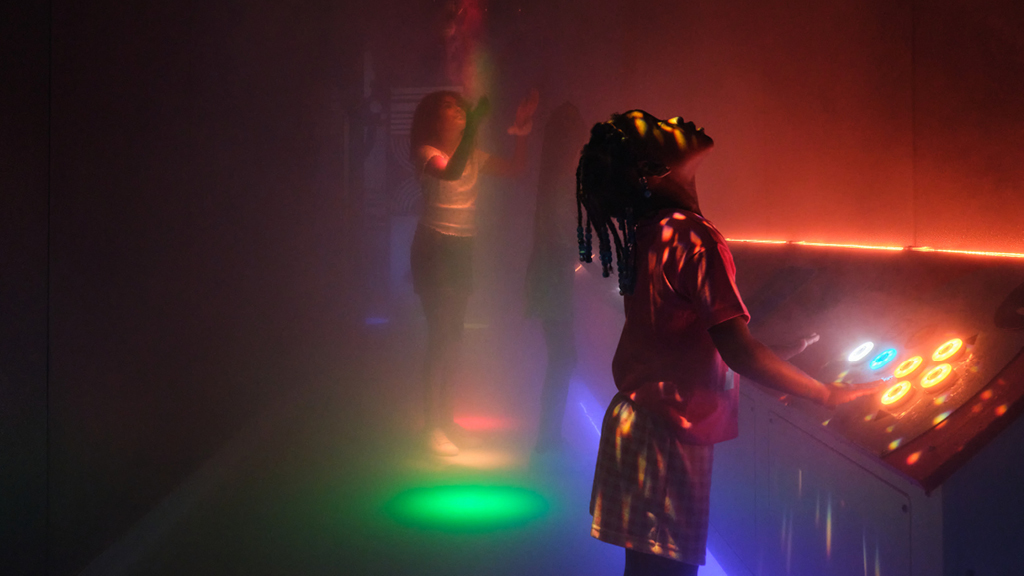
Research
U.S. Consumer Experience Report 2024
We integrated the perspectives of over 2,000 U.S.-based consumers with the latest thinking from our Design Leaders to gain fresh insights on what makes a great consumer experience worth it.
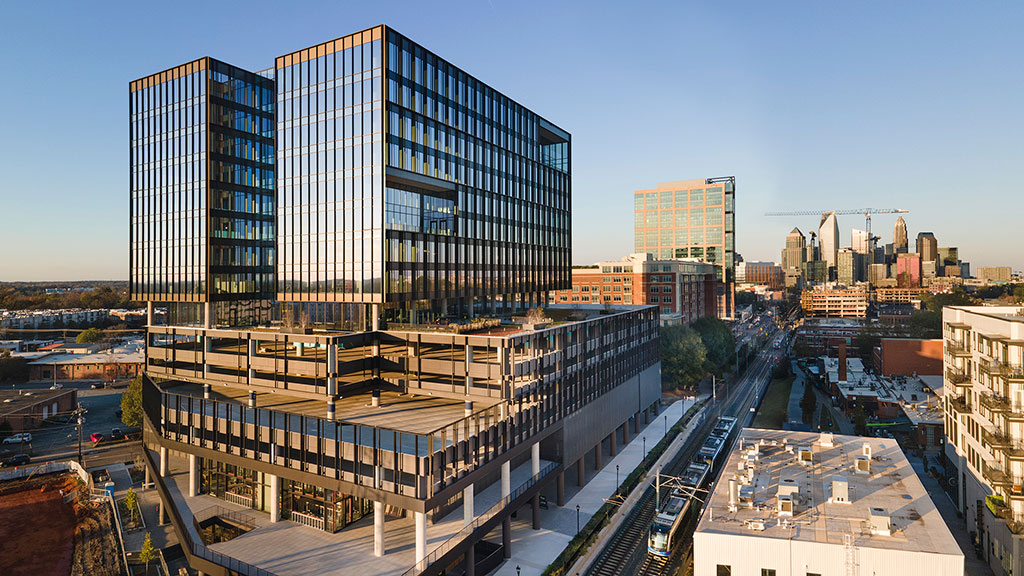
Blog
The Future Is Mixed Use: How Principles of Mixed Use Design Will Restore Our Communities
Here are four principles for creating mixed-use environments that will future-proof real estate.
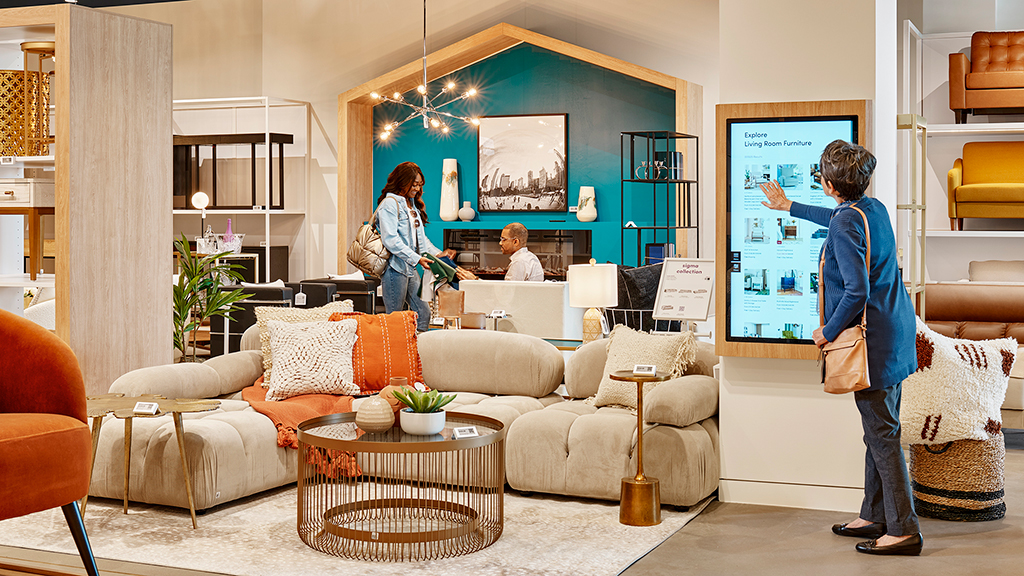
Blog
The Value of Time in Retail Environments
Time is a precious commodity, and brands that understand its value and choreograph both fast and slow retail experiences will thrive.
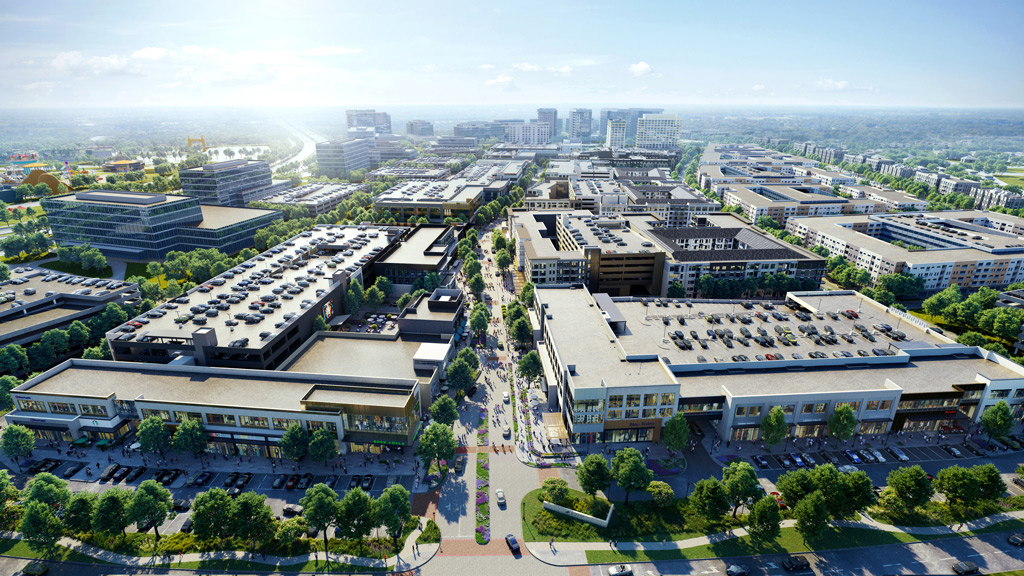
Blog
The Evolving Role of Hotels in Retail-Driven Mixed-Use Environments
Hotels within mixed-use developments are becoming curated retail destinations and dynamic contributors to a vibrant urban experience.
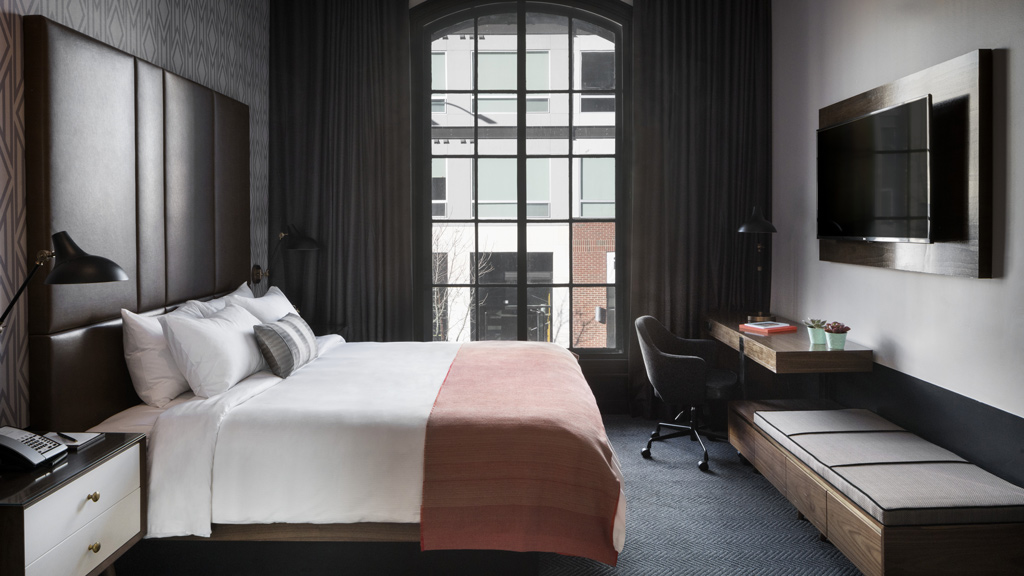
Blog
Office-to-Hotel Conversions: Resilient Opportunities for Downtown Districts
Older and smaller Class B or C office buildings have been hit hard by high vacancy rates. Converting them to efficient, business travel hotels could offer an economical solution that supports the overall health of downtown business districts.
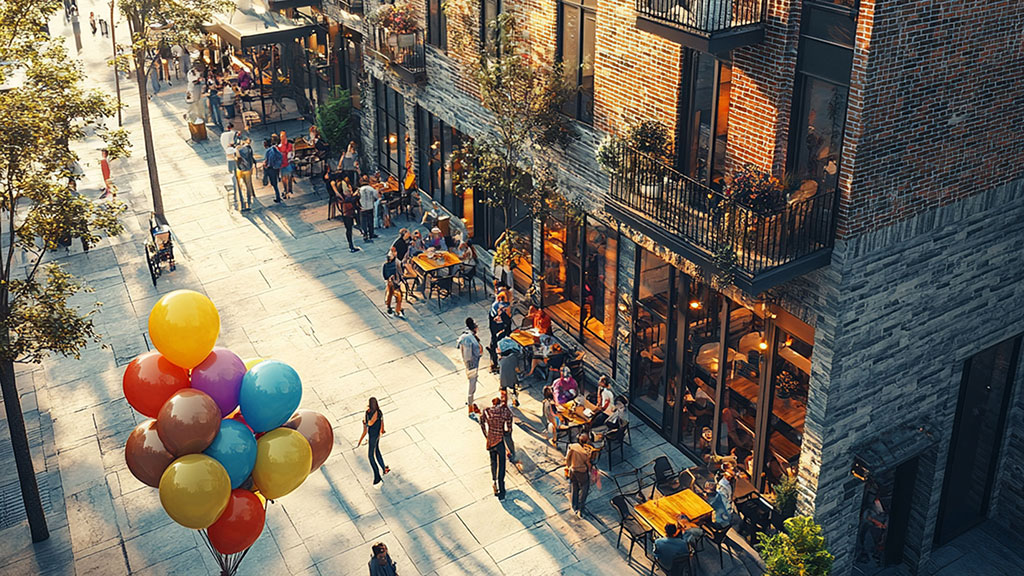
Blog
Lifestyle Living Is Redefining the Home in the Age of Belonging
We’ve identified five major trends shaping the future of living environments.
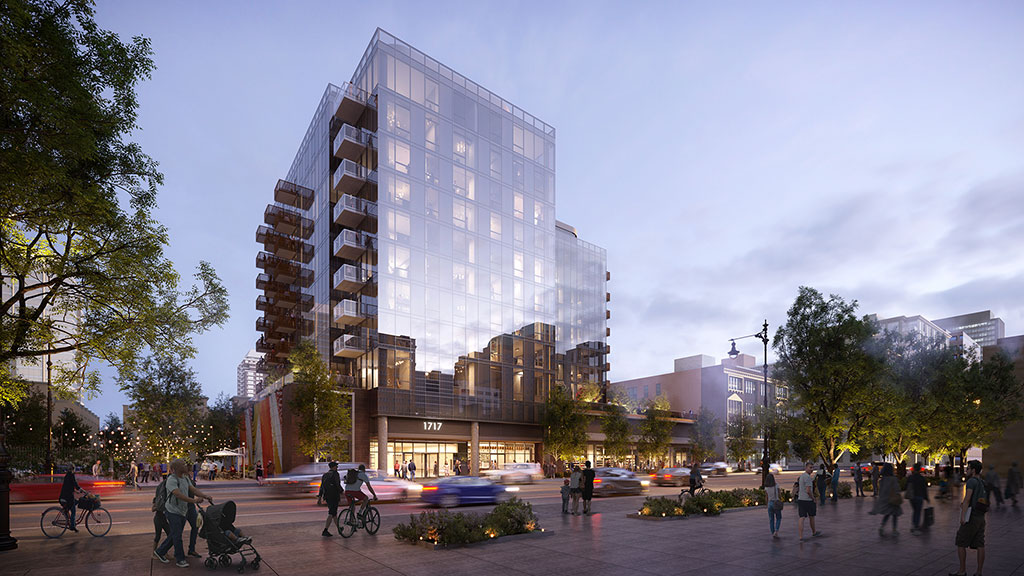
Blog
Belonging Begins at Home: Why Attainable Housing Is a Civic Imperative
We explore five strategies that demonstrate how design, policy, and planning can come together to build more inclusive, resilient communities.

Blog
5 ‘Out of the Box’ Strategies for the Retail Real Estate Market
As big box retail closures mount, here’s a look at five unique uses to repurpose large, vacant spaces in a changing landscape.
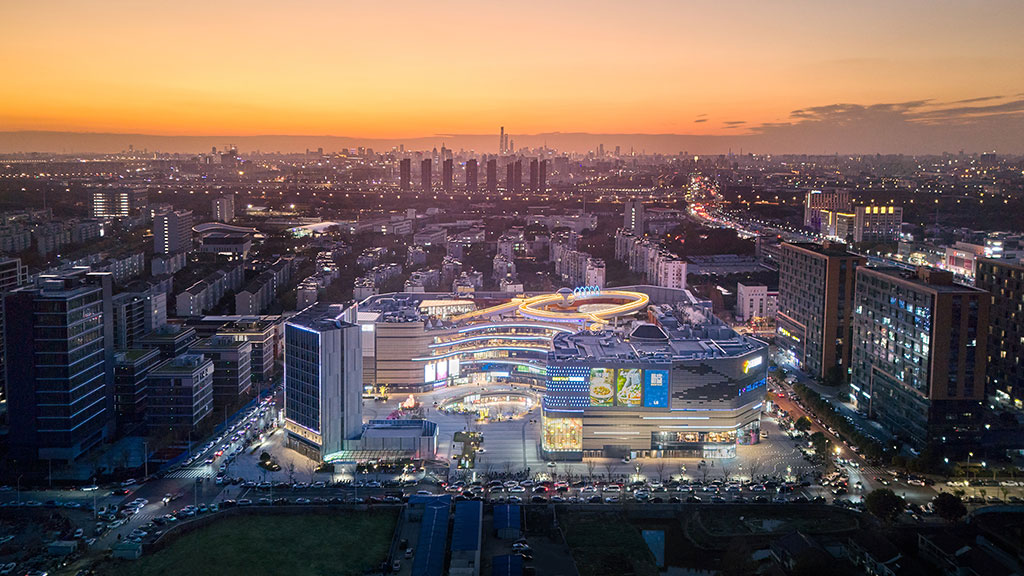
Blog
Reenvisioning Retail Centres: Lessons From China for the Middle East
We explore how key lessons from China’s retail evolution can reshape the future of retail centres in the Middle East.
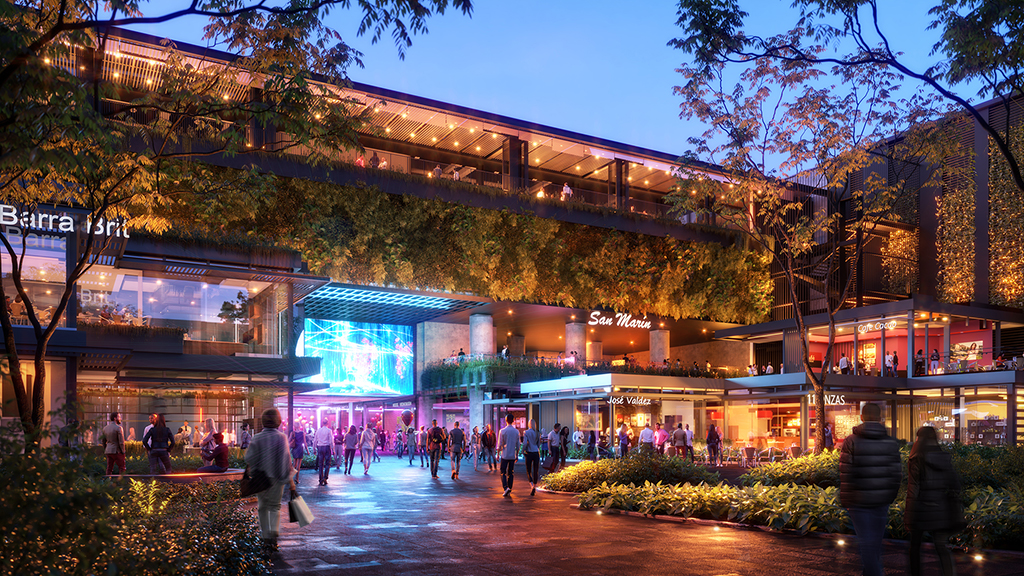
Blog
Latin American Malls: The New Town Square
Malls across Central and South America are layered, experience-rich destinations that bring people together.
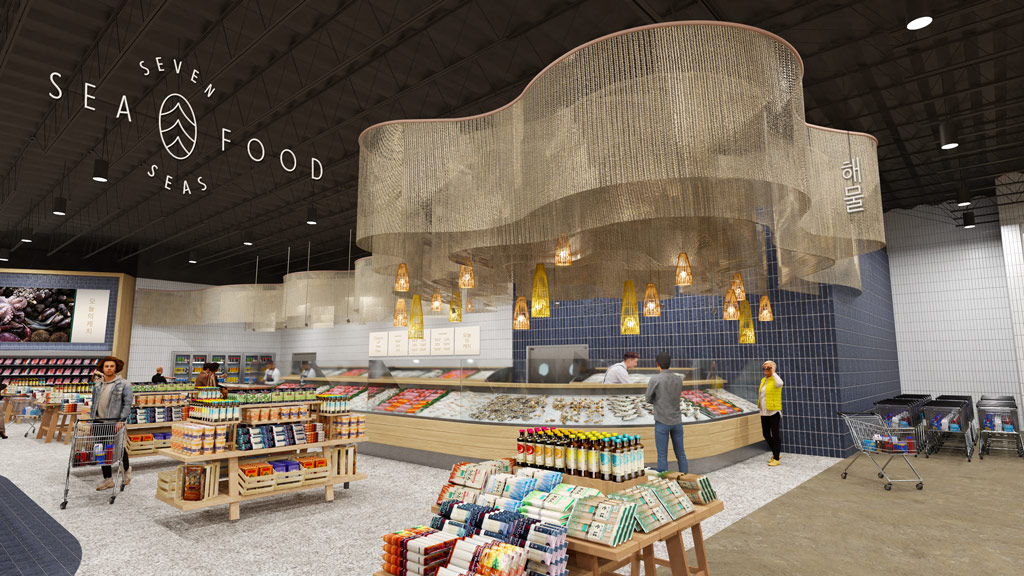
Blog
5 Design Considerations for Authentic Specialty Market Experiences
Though the retail and dining sector has struggled with pandemic recovery and rising costs, the specialty markets subcategory is thriving.
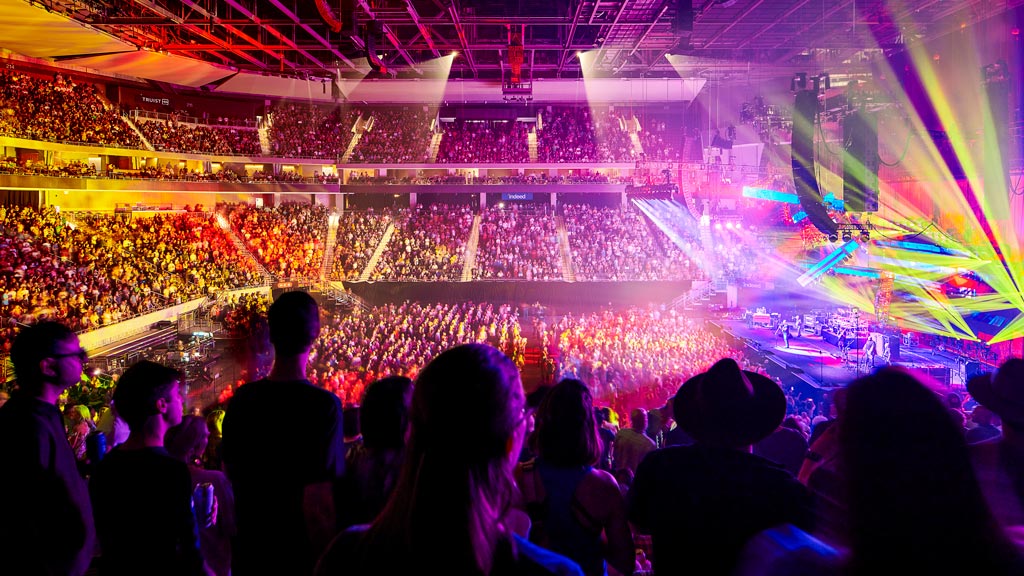
Blog
How Technology Is Redefining the Fan Experience at Sports and Music Venues
In this Q&A, our Digital Experience Design and Sports leaders discuss how technology is currently being used to streamline venue operations and enhance the fan experience.
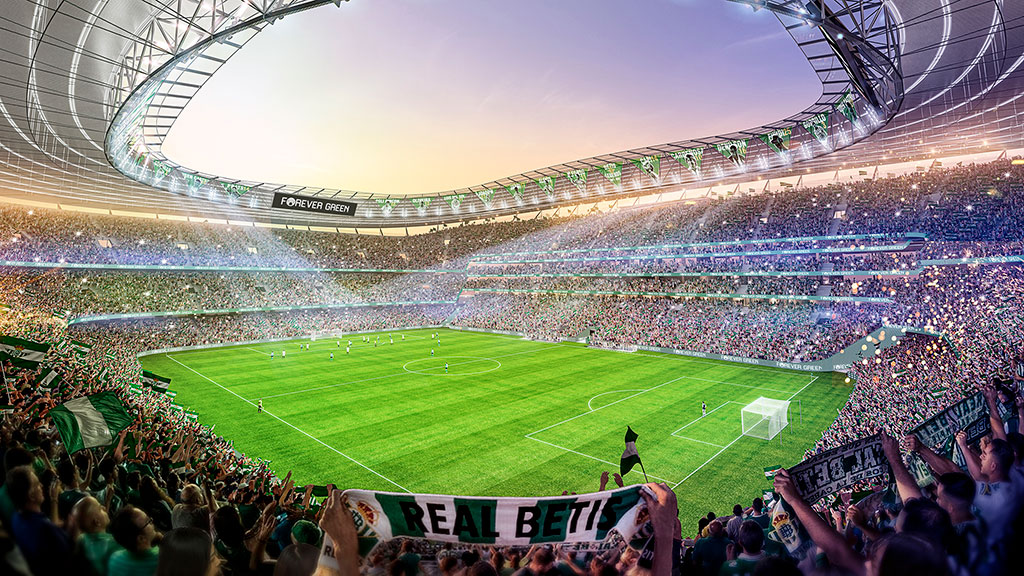
Blog
Trends Shaping Sports Venue Design in the European Market
Gensler Sports leaders discuss what’s next for stadium and training facilities in Europe, and key opportunities for growth in the European market.
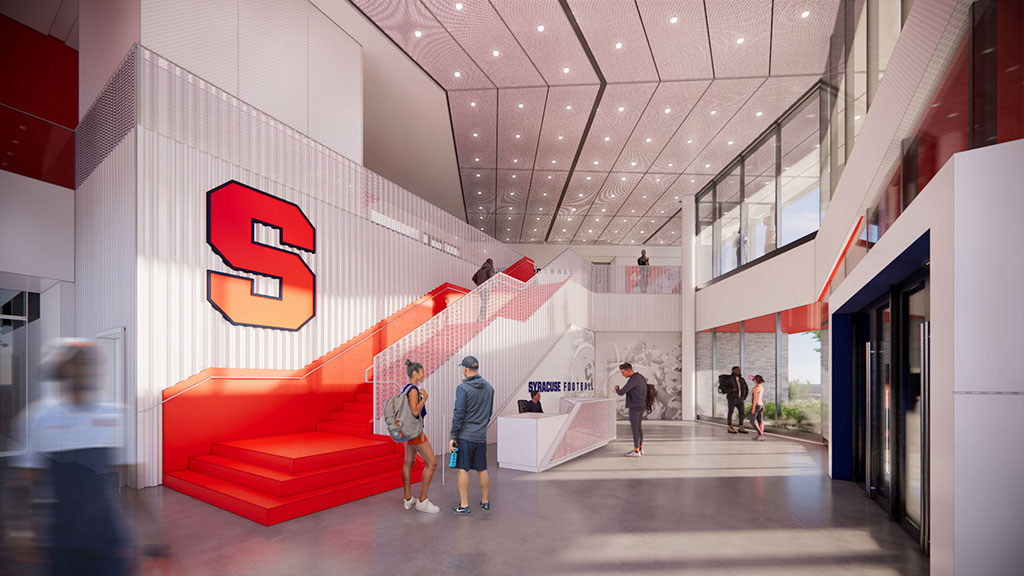
Blog
The Power of Clean Air in Sports-Centered Design
In arenas, training centers, and stadiums, air quality is not just a comfort factor — it’s a competitive edge, affecting athletes’ ability to train, compete, and recover.
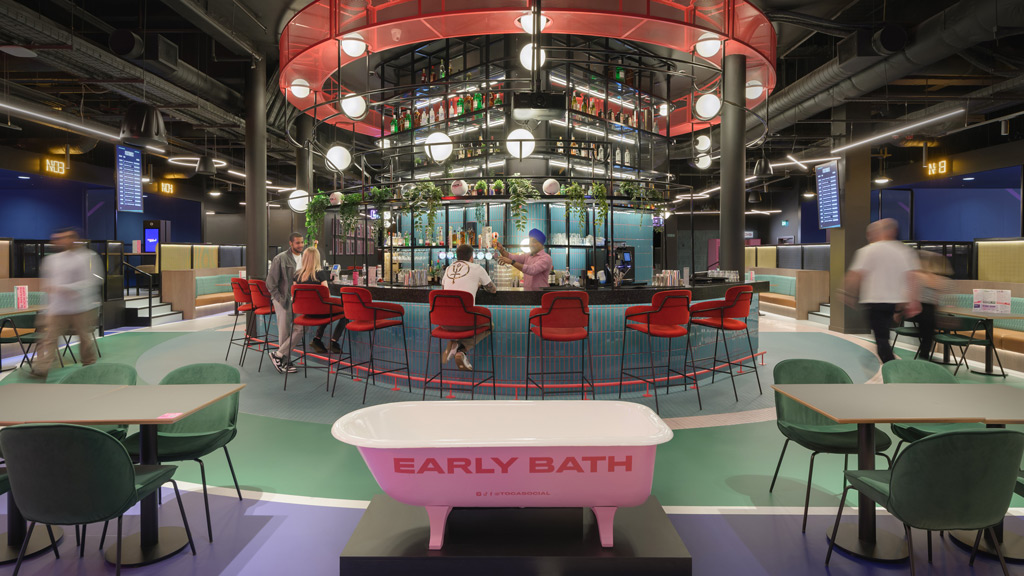
Blog
How Immersive Food and Beverage Experiences Are Redefining Hospitality
Food and beverage spaces have unique potential as experiential destinations that authentically convene community in a way that is familiar, universal, and transformative.
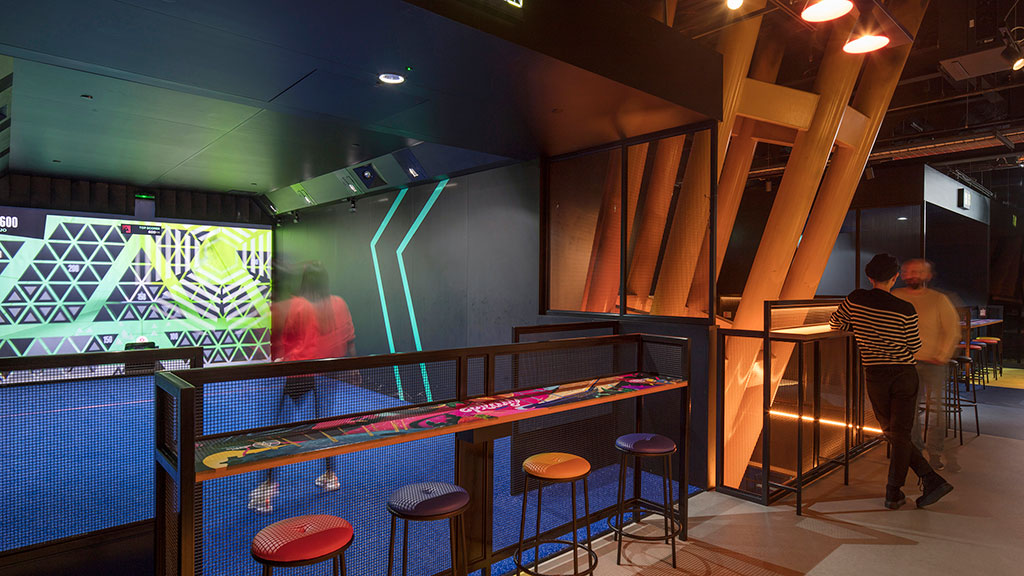
Blog
The Powerful Influence of Experience Design in Transforming Retail
The intersection of retail and experience design yields curated atmospheres that foster community connection and strengthen brand loyalty.
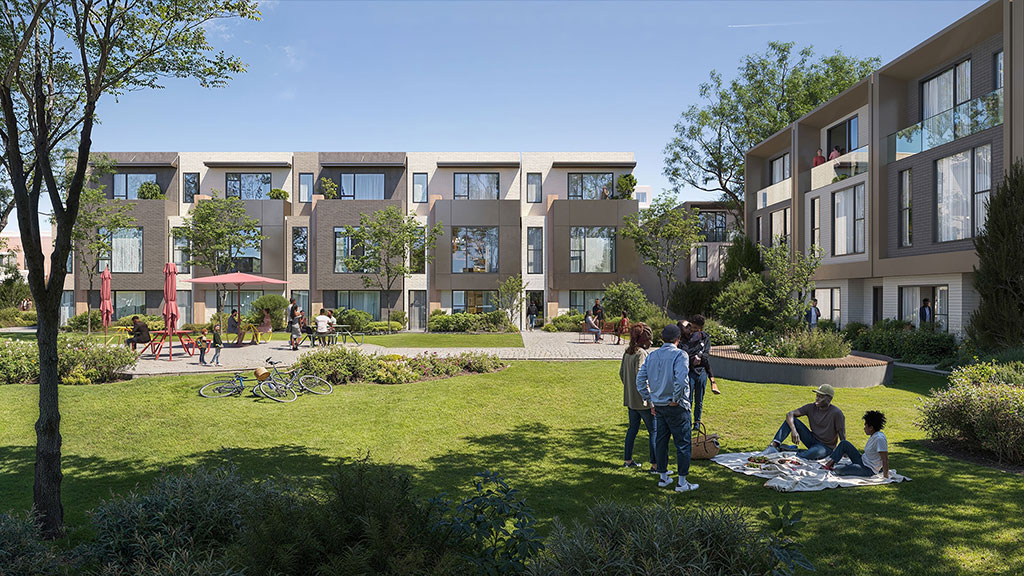
Blog
Unlocking the Missing Middle: Why the U.S. Housing Model Needs a Redesign
How zoning, building codes, and financing reforms can unlock affordable, well-designed housing.
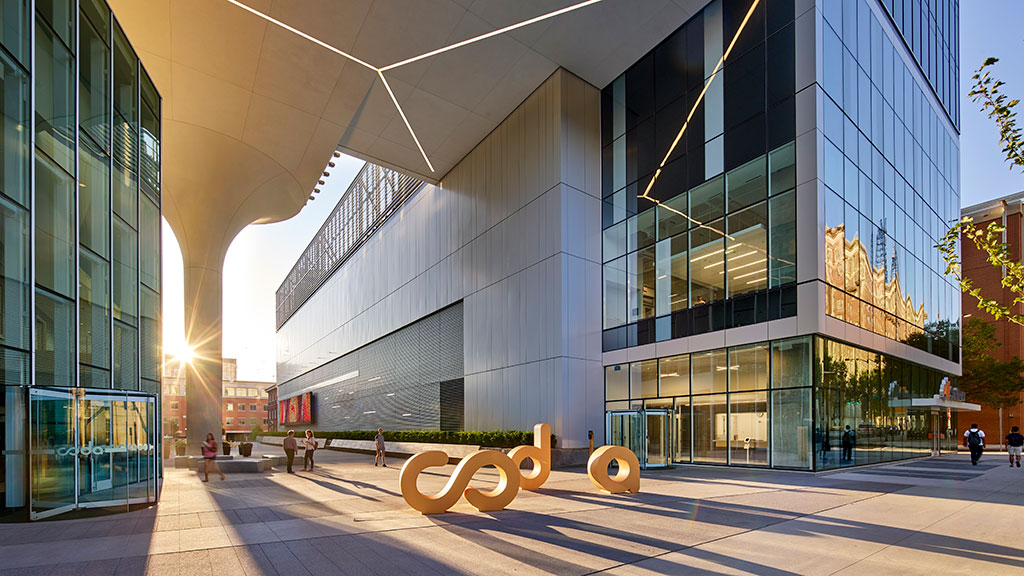
Blog
How Communities Can Benefit From Mixed-Use Data Center Integration
As suburban communities restrict new data centers, innovative master planning development is challenged with integrating critical facilities into mixed-use settings.
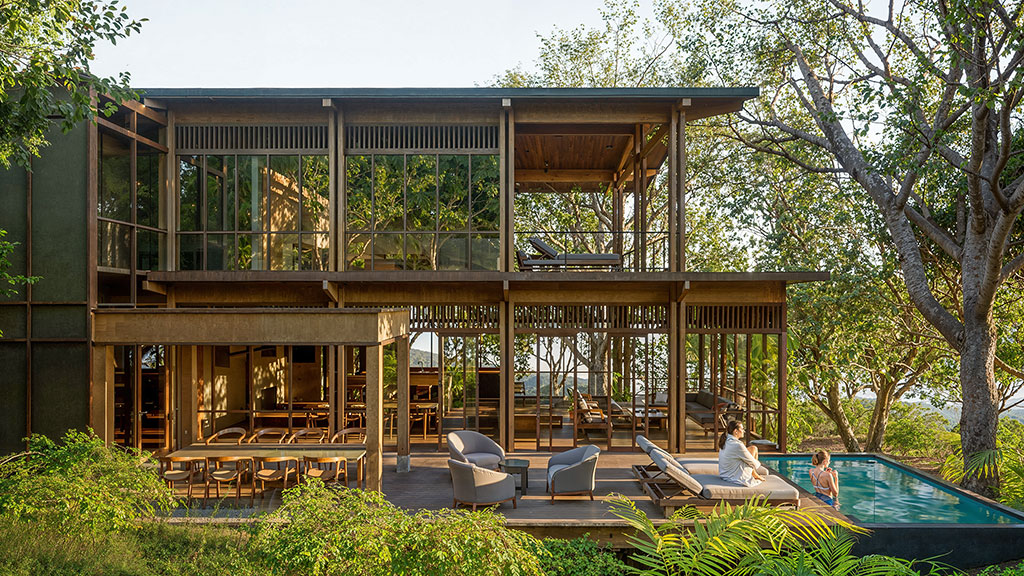
Blog
Expanding New Frontiers: Redefining Hospitality in Latin America
From personalizing experiences to deepening cultural immersion, here’s how hospitality is evolving in LATAM.
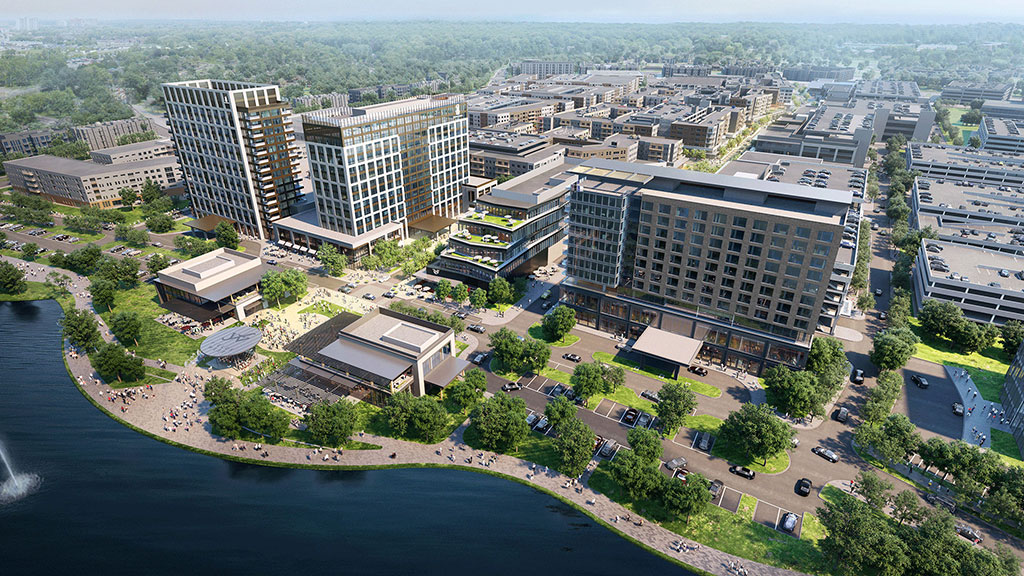
Blog
What Two Mixed-Use Districts Reveal About Successful Retail and Placemaking
Lessons from two mixed-use destinations in Texas reinforce the value of adaptability and careful placemaking for large, retail-centered developments.
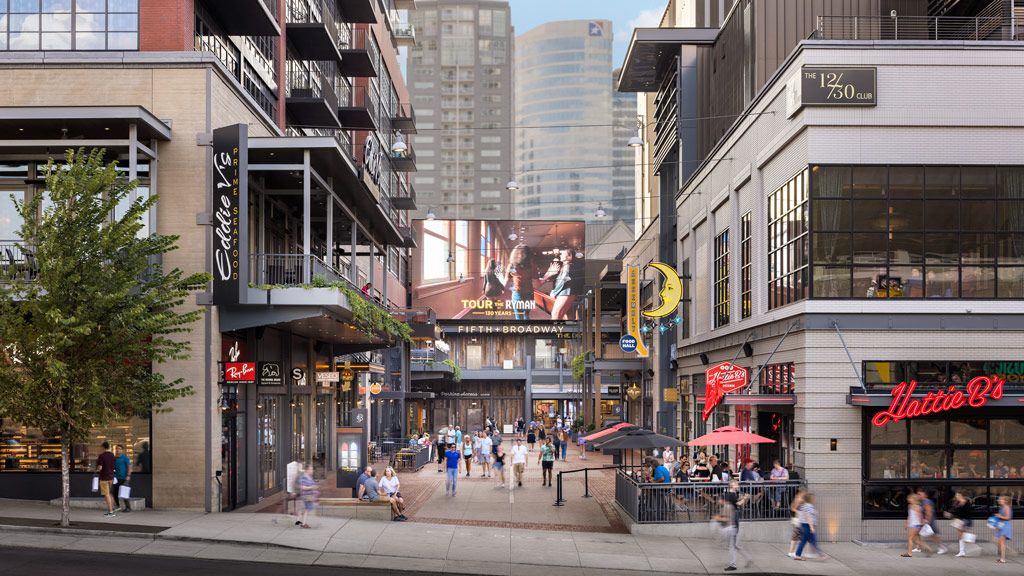
Blog
What’s the Recipe for a Great Central Business District?
Honing in on the amenities, activities, transportation options, and experiences that urban residents desire.
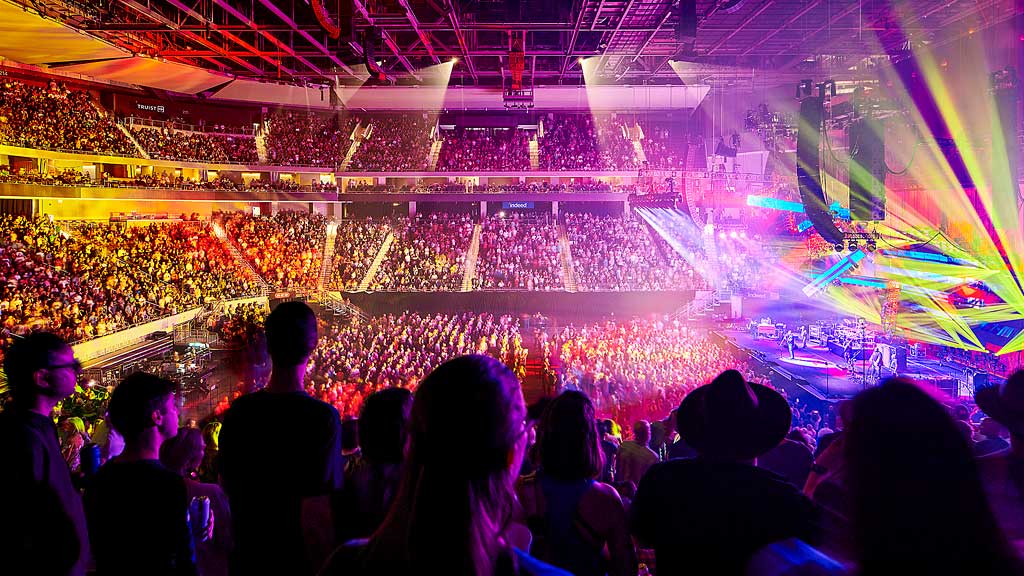
Podcast
From Stores to Stories: Immersive Experience and the Future of Retail
Gensler’s Bob Weis, Rob Bischoff, and Lara Marrero, unpack what truly makes an experience immersive and the role designers play in shaping the landscape.
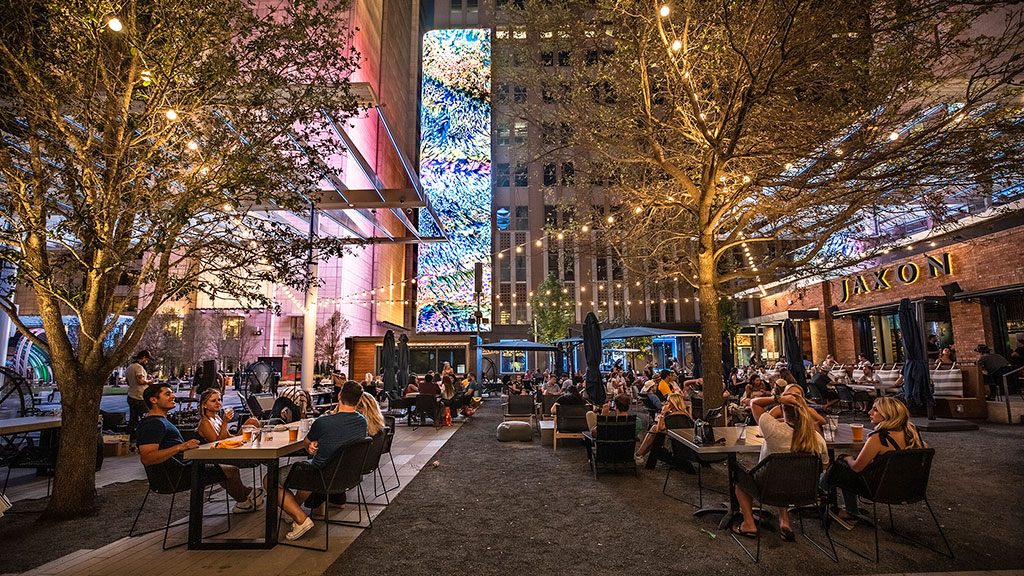
Blog
What Makes a Great Retail Experience? Community, Connection, and Exhibition
Astute retail and hospitality brands recognize that in-person connection is a vital part of their offerings. But what does that visceral experience actually look like?
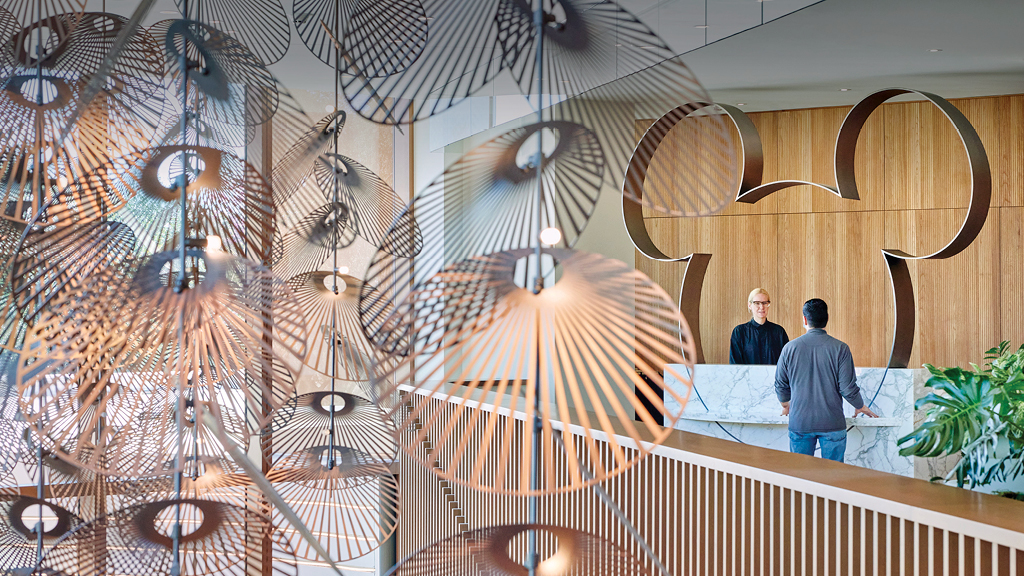
Research
Hospitality Experience Survey 2023
As travel ramps up, our survey explores the growing blend of business and leisure travel, new definitions of luxury hospitality experiences, and heightened guest expectations.
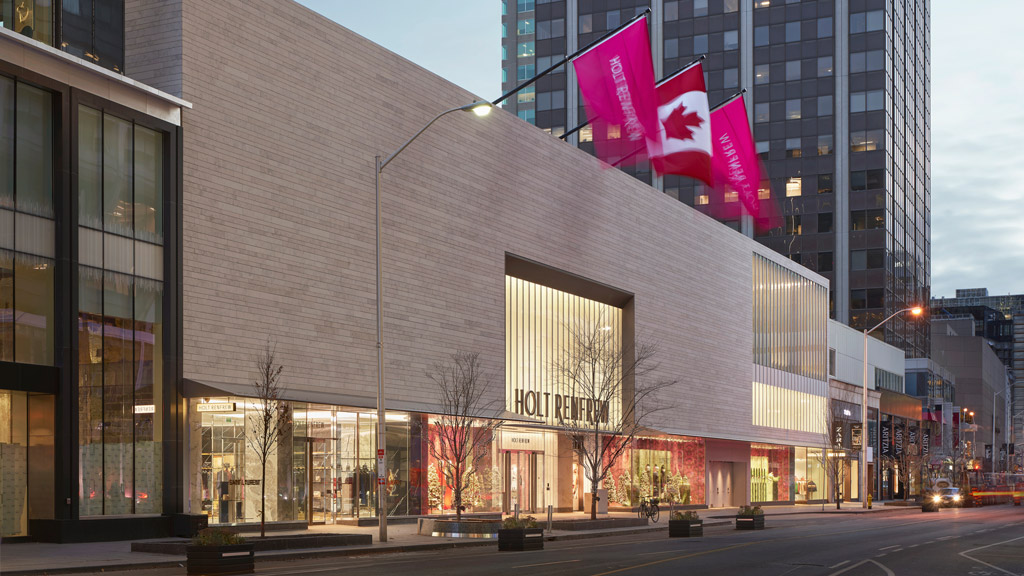
Blog
Implementing Sustainable Design Strategies in the Retail Environment
Here’s how linking sustainability efforts to the customer experience helps grow brand value and move us toward a more sustainable future.
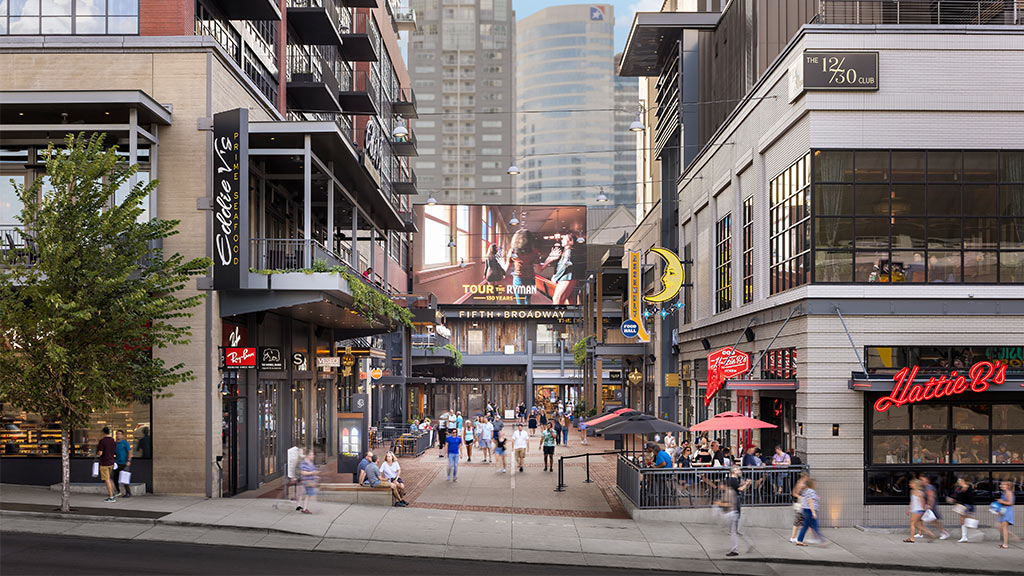
Podcast
The Future of Downtown Is the Lifestyle District
We explore lifestyle districts and how we can design the future of downtowns to respond to people’s evolving needs and experiences through new best...
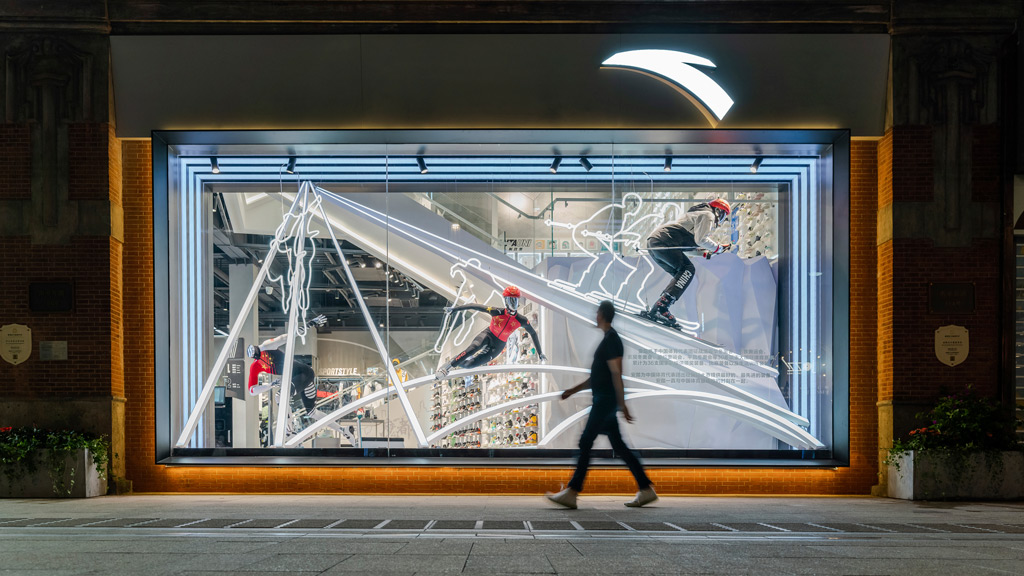
Blog
Retail Design for Better Consumer and Employee Experiences
The recent resurgence of in-person retail brings with it not only a new consumer experience, but an equal emphasis on a new employee experience.
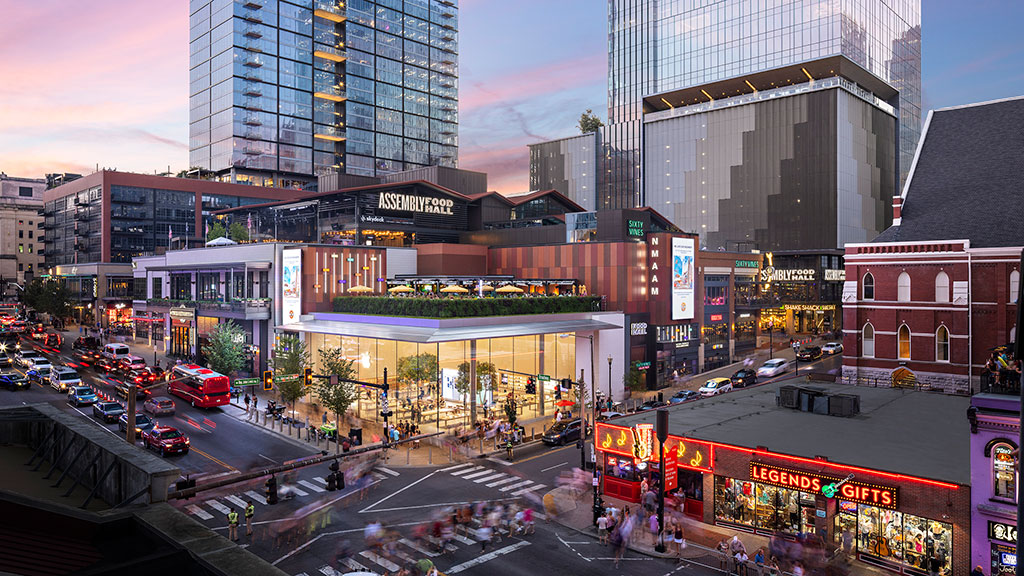
Blog
How Smart Mixed-Use Environments Can Redefine Urban Spaces
Mixed-use developments, when coupled with smart technologies, can deliver meaningful experiences, while providing developers data insights to optimize their statements.
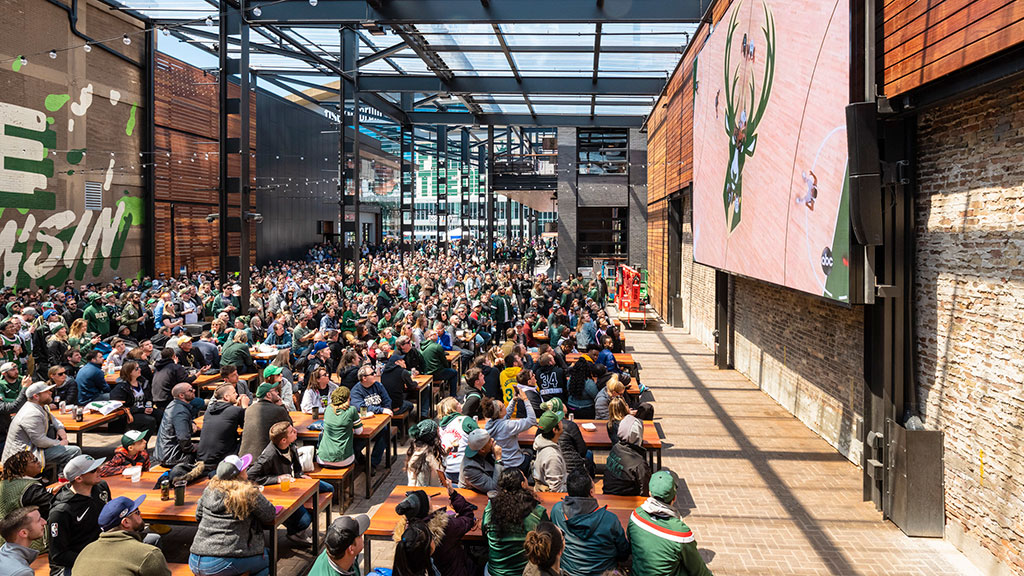
Blog
The Future of Sports Venues Is About Creating Vibrant, Multiuse Districts
Gensler’s Director of Sports explains why integrating sports venues into the urban fabric can generate revenue and create live-work-play communities.
FEATURED LIFESTYLE PROJECTS
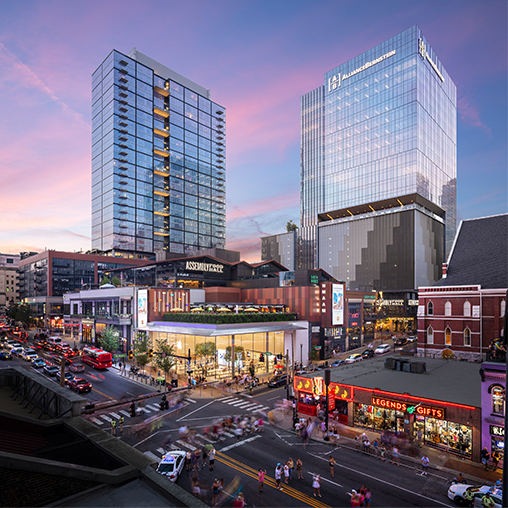
Fifth + Broadway
Nashville, Tennessee
Fifth + Broadway reenergizes downtown Nashville with a dynamic, live-work mixed-use district that features retail, restaurants, Class A office space, and more.
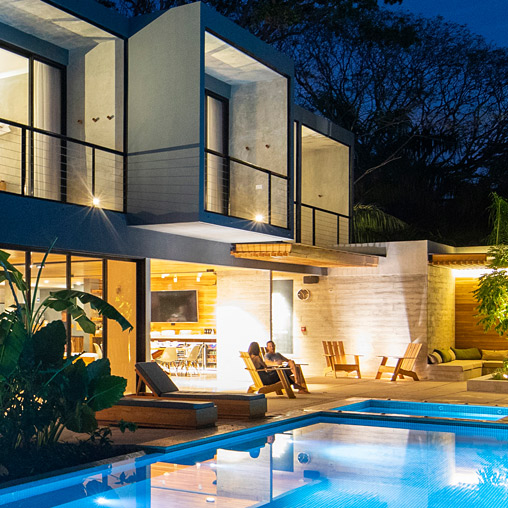
Surf Simply
Nosara, Costa Rica
Surf Simply Resort uses space and experience to embody the mindfulness, collaboration, and deep respect for the environment that define surf culture.
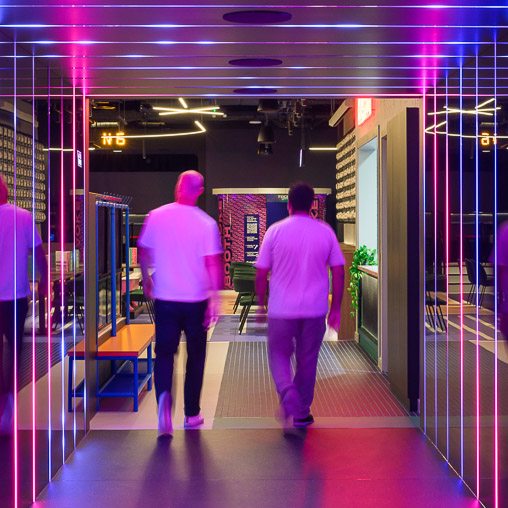
TOCA Social Birmingham
Birmingham, United Kingdom
TOCA Social Birmingham transforms the Bullring into a dynamic hub of immersive football themed entertainment, fostering connection and revitalising the city.
LIFESTYLE NEWS
-
Wall Street Journal
2025Wall Street Journal explored how the trend toward luxurious, convenience-driven travel is transforming the airport hotel experience. Properties like the Westin Denver International Airport, designed by Gensler, are redefining the overnight layover or early morning flight with upscale amenities. -
Authority Magazine
2025Authority Magazine interviewed Gensler Retail & Consumer Experiences Studio Director Tyler Winograd about his work partnering with clients to reach their goals through “far-reaching projects that put them in the driver’s seat of radical change.” -
CNN Business
2025CNN Business explores the reinvention of malls, with Gensler’s Global Mixed Use & Retail Centers Leader David Glover sharing insights on Gen Z’s demand for experiential retail and Gensler’s future-forward design expertise.
Interested in working with us?